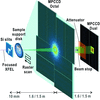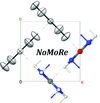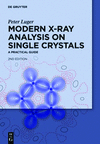issue contents
March 2016 issue

Cover illustration: Twisted X-rays can be used to study helical structures, as shown by Jüstel et al. [Acta Cryst. (2016), A72, 190-196]. Simulations show that the method could be applied to some of the most important structures in biology and a striking number of the structures that are emerging in nanoscience.
scientific commentaries

Recent developments in the imaging of biological samples using the X-ray free-electron laser at the SACLA facility are highlighted.
advances
feature articles

research papers
 access
accessfoundations
research papers
 access
access

 access
accessbook reviews

international union of crystallography



 journal menu
journal menu

































